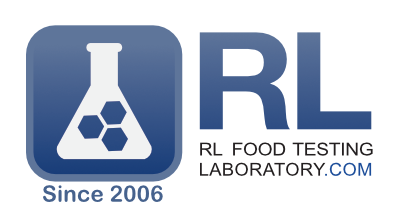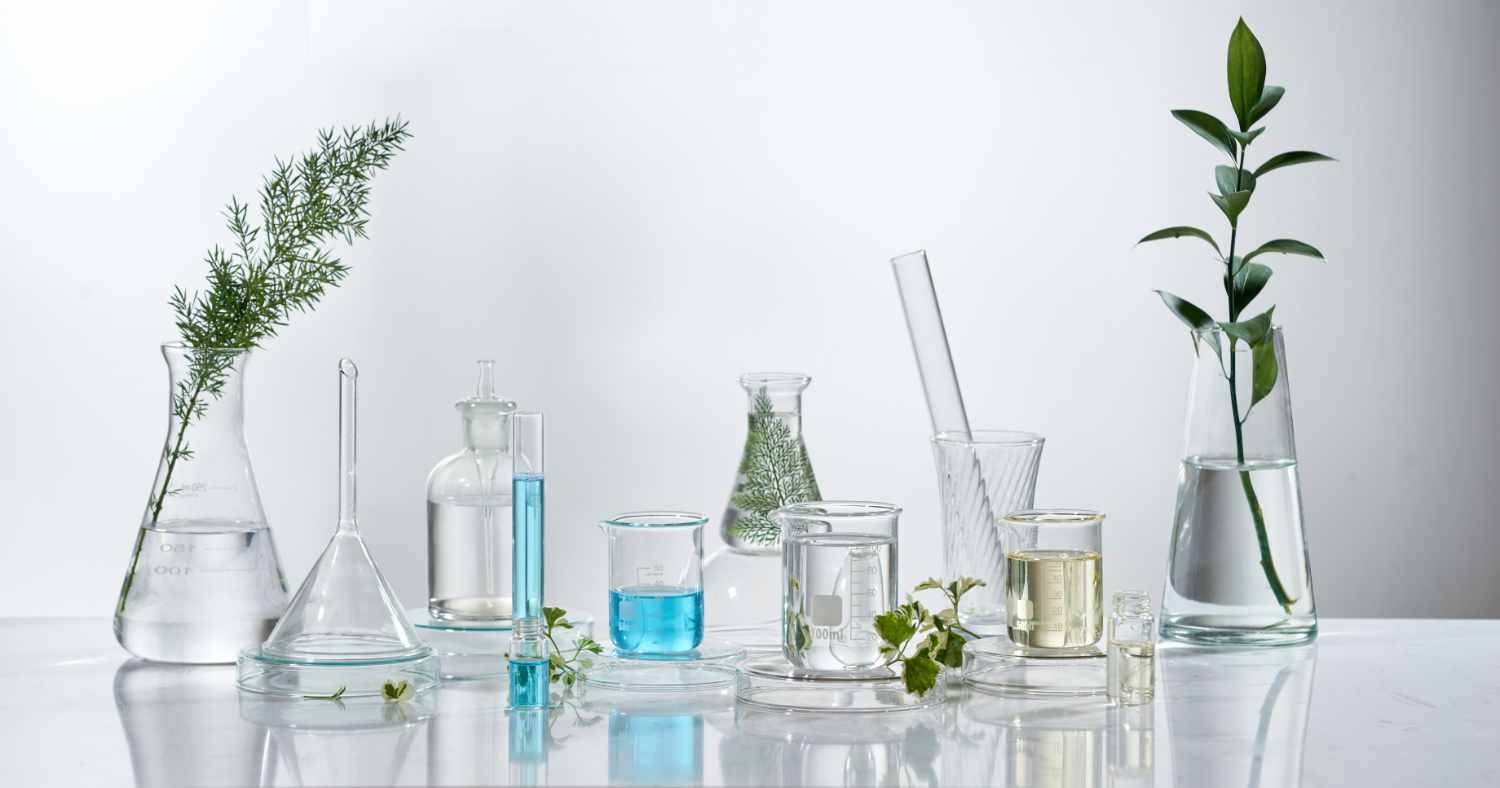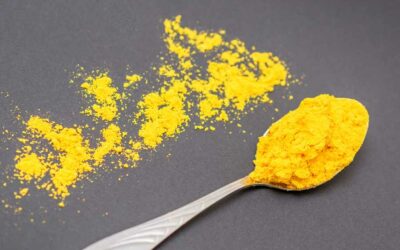The various tests to identify and confirm ingredients as well as product safety and shelf life are required for all supplements sold in the US marketplace. The Oxygen Radical Absorbance Capacity (ORAC) assay is one of the best-known antioxidant screening procedures and frequently requested to evaluate food extracts, pharmaceutical compounds, and dietary supplements. ORAC was developed by scientists at the National Institutes of Health in the 1990s. The primary aim of ORAC testing is to measure the antioxidant capacity of a product by quantifying the scavenging capacity of antioxidants against the peroxyl radical, which is one of the most common reactive oxygen species (ROS) found in the body. In other words, the test measures how well a supplement can neutralize harmful free radicals in the body, which are known to contribute to various chronic diseases. However, it is important to note that while ORAC testing provides valuable information about antioxidant potential, it does not necessarily indicate the effectiveness or health benefits of a supplement.
How does ORAC testing work?
ORAC array testing involves subjecting the sample to a series of chemical reactions with free radicals, mimicking the conditions of oxidative stress in the human body. Testing typically follows the following process:
- Sample Preparation: The food or supplement to be tested is first converted into a liquid form, which usually involves grinding, dissolving, and filtering.
- Reaction with Radicals: The sample is then exposed to a source of peroxyl radicals. These radicals will cause oxidation unless they are neutralized by antioxidants.
- Measurement: The degree to which the sample prevents oxidation (compared to a control) provides a measure of its antioxidant capacity.
- Results: The results are typically reported in terms of ORAC units per gram. For example, a sample might have 5,000 ORAC units per gram, indicating its ability to neutralize 5,000 radicals per gram.
High ORAC values suggest that the food or supplement a more robust antioxidant capacity, indicating that the product can potentially neutralize a large number of free radicals and may offer better protection against oxidative stress, which is implicated in aging and many chronic diseases.
Limitations to ORAC Array Testing
In 2012, the U.S. Department of Agriculture (USDA) removed the ORAC database from its website, citing a lack of evidence that the tests accurately reflected the health benefits of foods and concerns that ORAC values were being misused by food and dietary supplement companies to promote their products. Despite the limitations, ORAC testing can still be a valuable tool for comparing the antioxidant capacity of different products within a controlled laboratory setting. However, it is imperative to note several limitations and criticisms related to ORAC array testing:
- Not Holistic: ORAC only measures peroxyl radical scavenging, ignoring other types of free radicals. The human body encounters a range of reactive species, and a food’s total antioxidant capacity might not be accurately represented by ORAC alone.
- In Vivo vs. In Vitro: Just because a food or supplement has a high ORAC value in the lab doesn’t mean it will have the same effect in the human body. The complex interplay of various compounds, absorption, and bioavailability in addition to individual humanistic factors like digestions and metabolism can influence a substance’s antioxidant effectiveness in vivo (inside the body).
- Single-Compound Focus: ORAC testing often measures the antioxidant capacity of individual compounds or extracts rather than whole foods or supplements. The synergistic interactions between different compounds in whole foods can enhance their overall antioxidant effect, which ORAC testing may not capture accurately.
- Not a Comprehensive Health Indicator: Antioxidants are just one component of a healthy diet, and relying solely on ORAC values may lead to an imbalanced dietary approach. A holistic approach to nutrition, including a diverse and well-rounded diet, is essential for overall health.
- Oversimplification: Solely focusing on ORAC values can oversimplify the complex role of antioxidants and can lead to a focus on quantity over quality. Products may be marketed solely based on their antioxidant content, potentially overshadowing other important nutritional aspects. Not all antioxidants function the same way, and their effects can vary based on context.
One key aspect to consider when interpreting ORAC test results is the bioavailability of antioxidants within a supplement. Some supplements may have high ORAC scores but may lack adequate absorbability by our bodies. Moreover, focusing solely on high-ORAC supplements might lead us to overlook lesser-known yet highly beneficial components present in other products that have lower scores. Evaluating a supplement’s overall nutritional content and its potential synergistic effects with other ingredients can provide valuable insights.
A Valuable Tool in Supplement Testing
While ORAC array testing has its merits in quantifying antioxidant capacity, it’s crucial not to rely solely on these results when evaluating supplements. A balanced approach considering factors like bioavailability and wider nutritional profile will lead to more informed decisions regarding supplementation choices. It’s always recommended to consult with an ISO certified laboratory to explore the full range of tests and analyses needed to verify supplement label claims and ingredients.







